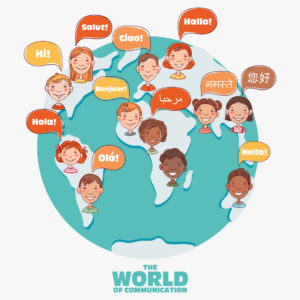Why Should My Child Learn a New Language?
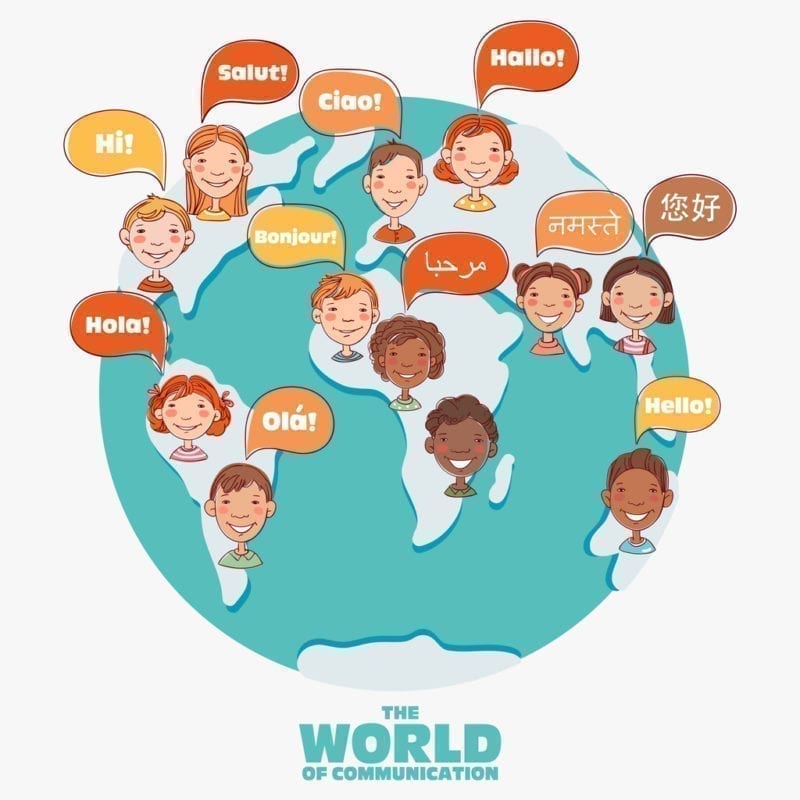
It’s no secret that multilingualism is highly beneficial in developing children’s cognitive, social, and emotional skills. Speaking more than one language opens up opportunities for kids to understand and interact with their global community; something that has never been more relevant than in our current situation.
Even preschoolers, who are just beginning to learn the intricacies of social rules and emotional regulation, show greater understanding of others’ perspectives and emotions when they’ve been exposed to multiple languages, as compared to their monolingual peers. In short, multilingualism teaches empathy—even in young learners.
With more and more families across the globe engaging in distance learning, it’s more important than ever to help kids learn to connect and empathize with the world around them. We have a unique opportunity now to help them develop these skills through language, and to guide them through the real-life benefits of communicating with the world.
Frequency of Language Exposure
Whether it’s their first language or their twelfth, children need regular exposure to a new language in order to master it. Only by consistent exposure can kids begin to build the vocabulary, grammatical structures, and speech patterns that will lead to fluency.
Even in monolingual homes, young children benefit from bilingual exposure. In one study, infants and toddlers from monolingual Spanish-speaking homes in Madrid were given just an hour of play-based English instruction each day for 18 weeks. By the end of the study, these children could produce significantly more words in English than their peers—even those in standard bilingual school programs.
While there are plenty of varying opinions and scientific conclusions on the topic of early language learning, researchers tend to agree that the earlier—and greater frequency—that children are exposed to a new language, the better their chance of mastering it. With that said, it’s never too late to introduce a new language to your child.
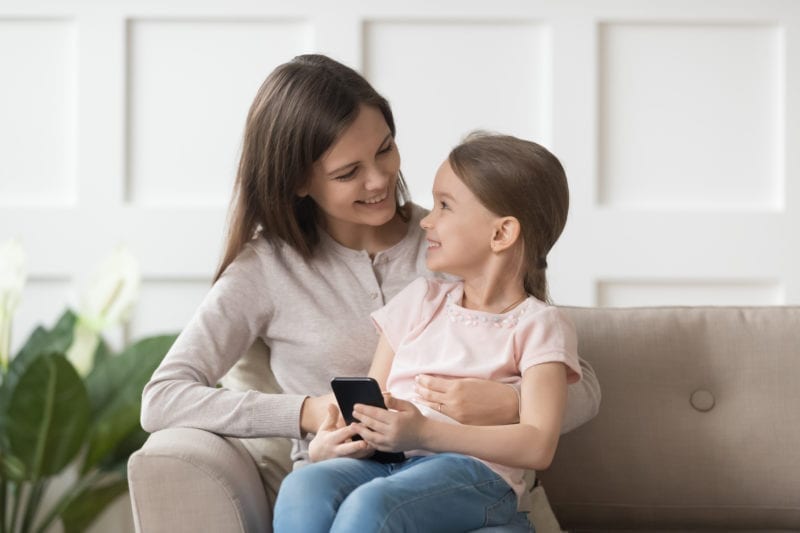 Practice Makes Progress
Practice Makes Progress
While we’ve all heard that “practice makes perfect,” the goal of learning a new language shouldn’t be perfection. Instead, strive to encourage your child by celebrating even small improvements.
After all, learning a new language is no mean feat; it takes years to become fluent in any language, even for adult learners. To ensure that your child stays motivated, it’s more productive to help them enjoy the process—and, when they can, put it to practical use. There’s nothing more rewarding for a language learner than being able to use their new skills in real life!
Some parents worry that introducing a new language before fully mastering their first may confuse their child; fortunately, that is not the case! It’s true that multilingual children may switch between the languages they’re learning, merging sentences or even words together. This is called code-switching, and don’t worry—it doesn’t mean that they’re confused. They’re just using the tools they have to communicate most effectively…which is evidence of excellent progress!
Small improvements and consistent practice are the building blocks of language fluency. By encouraging your child’s efforts, you help them pave the way to success.
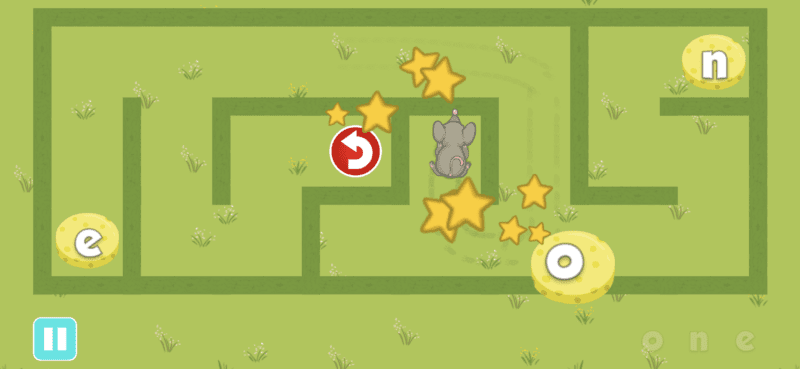
Kids learn to spell numbers in Fun English
How to Practice A New Language
Every young learner is different, and there is an abundance of ways to introduce a new language to your child!
-
Play
For young children, play-based learning is highly effective—and it’s fun! Turn playtime into an opportunity for language practice, or find new and exciting games for young language learners.
-
Learn
There are lots of resources available for kids who would like to learn a new language. If you can, check your local library for language lessons or bilingual story time. Or, find some engaging language lessons online!
-
Listen
Hearing a new language from a fluent speaker can work wonders to improve young learners’ fluency. After establishing a foundation in their new language, try listening to music or audiobooks in that language together.
-
Practice
Whenever they’re ready to try, embolden your child to put their new skills to practical use by speaking (or writing!) in their new language. Remember, the key here is not perfection—it’s progress.
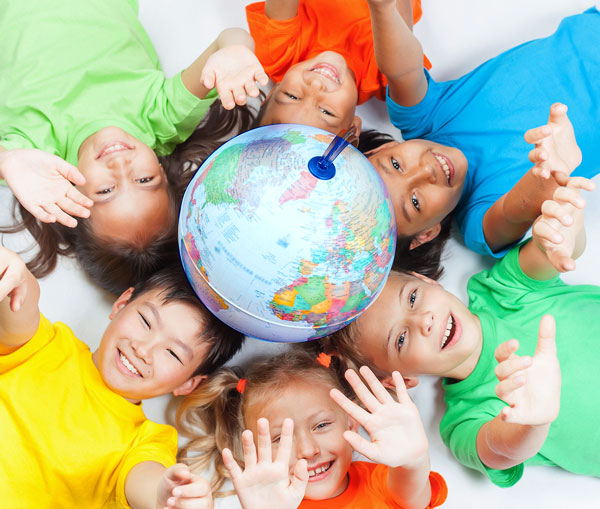
It has never been more apparent that no matter where we are or what language we speak, we are not so different after all. By encouraging your child to learn a new language—even a little bit each day—you can help them to connect, empathize, and find their place in our global community.
References
Bach, D. (n.d.). Bilingual babies: Study shows how exposure to a foreign language ignites infants’ learning. Retrieved from https://www.washington.edu/news/2017/07/17/bilingual-babies-study-shows-how-exposure-to-a-foreign-language-ignites-infants-learning/
Byers-Heinlein, K., & Lew-Williams, C. (2013). Bilingualism in the Early Years: What the Science Says. Retrieved from https://www.ncbi.nlm.nih.gov/pmc/articles/PMC6168212/
Meisel, J. M. (2008, November 7). Code-Switching in Young Bilingual Children: Studies in Second Language Acquisition. Retrieved from https://www.cambridge.org/core/journals/studies-in-second-language-acquisition/article/codeswitching-in-young-bilingual-children/F6C6B2482928AF547949516C74A6CED7
Trautner, T. (2019, January 28). Advantages of a bilingual brain. Retrieved from https://www.canr.msu.edu/news/advantages_of_a_bilingual_brain


